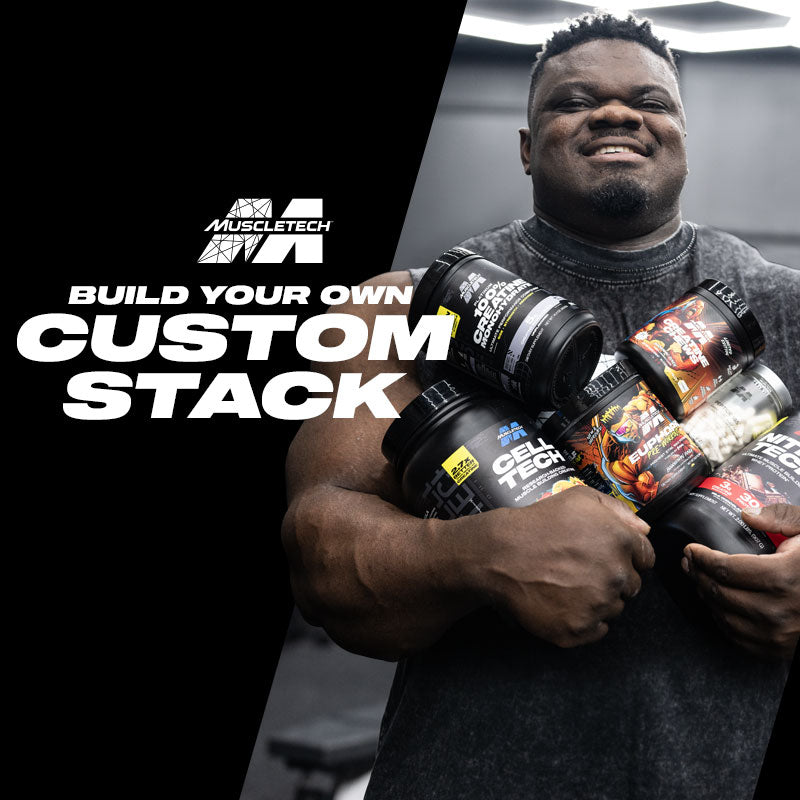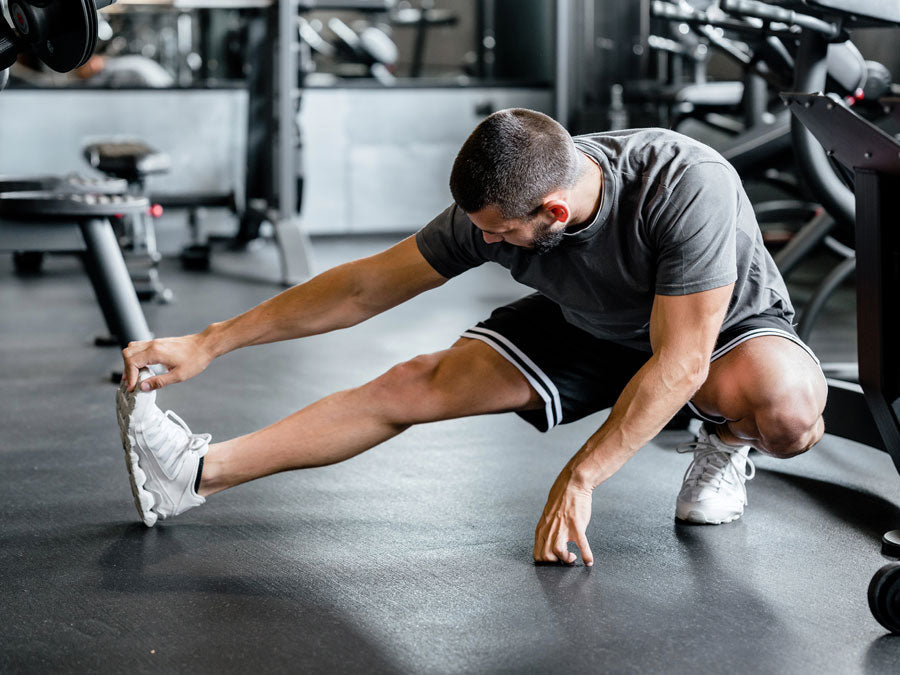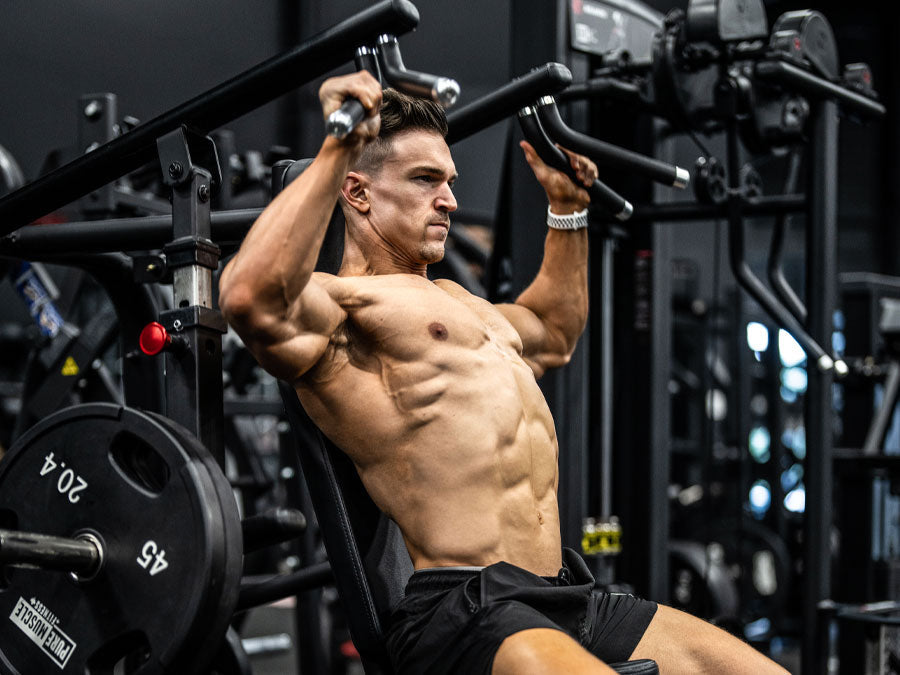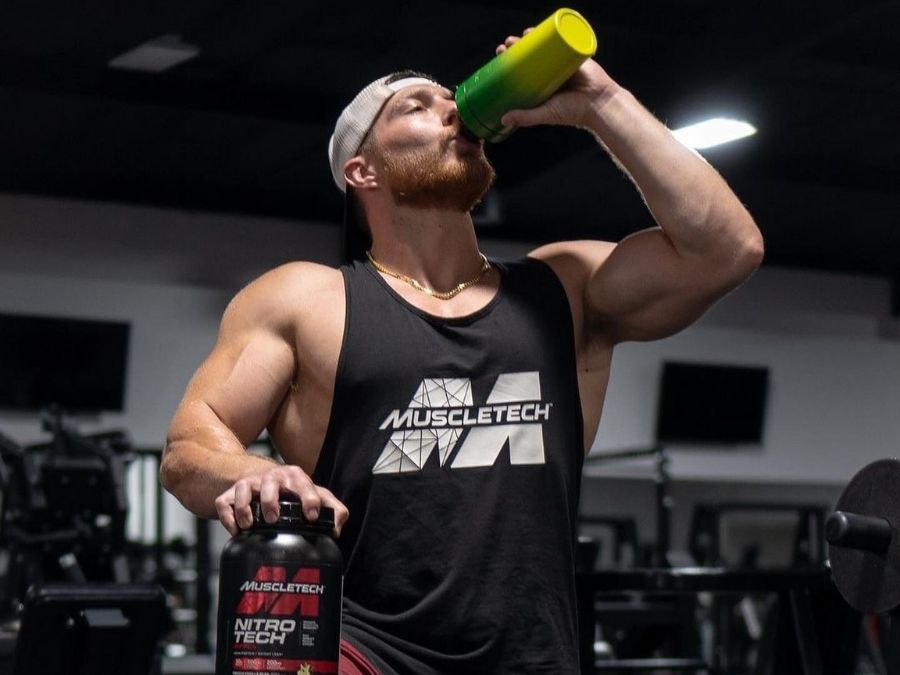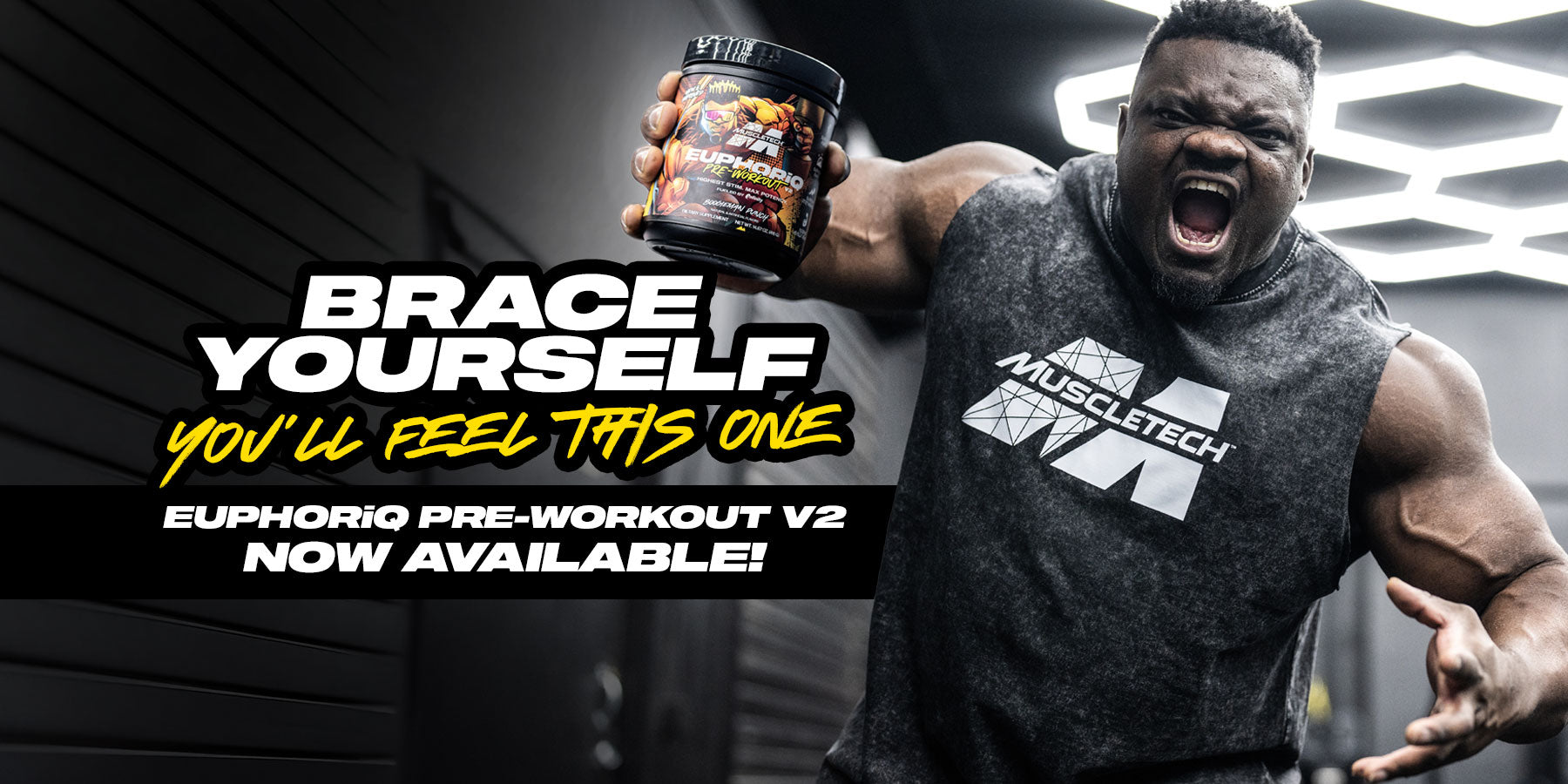“Regrets, I’ve had a few
But then again, too few to mention”
- Frank Sinatra, “My Way”
I should have warmed up and stretched more!
As someone who has been training for 40 years, one question I’m often asked is, “What would you have done differently?”
Without hesitation, I reply that I would have devoted more time to warming up and stretching. In my youthful enthusiasm and accompanying impetuousness, I was typically in a rush to get right to the heavyweights.
The focus of this article is on leg training, so this is what I would do. Rather than preceding the workout with any warm-up on a piece of cardiovascular equipment such as a treadmill or stationary bike, I made a beeline straight to the squat rack.
After slapping a 45 on each side, I would bang out 10 quick reps. Another 45 was added for 225 pounds, and this time I begrudgingly did about 5 or 6 reps. In my warped mind, I had the irrational belief that any and all warm-ups were both unnecessary and, worse, were robbing me of previous and limited energy and strength that would be better applied toward my work sets of 315 to 495 pounds.
I thought I knew it all back then. Looking back now, I realize I was an idiot.
Table of content

Because our bodies and particularly our joints and connective tissues are astonishingly resilient as young men and women, it took years for my foolishness to catch up with me.
But when it did, boy oh boy! It would take another article just for me to run down all my injuries, aches, and pains. As I write this, it’s been 10 days since I had my right quadriceps tendon rupture repaired after a full tear.
I’d love to regale you with some epic tale of squatting 1,000 pounds for 20 reps, but the reality is far less impressive—embarrassing, really. I was crossing a wet street while walking my dog when I slipped.
Save on Premium Bodybuilding Supplements
All my weight instantaneously shifted to my right leg to break the fall as has happened at least 100 times before, but this time the quadriceps came right off the patella.
Why do you need to Warm up?
Now it’s clear that I had everything backwards thinking that warming up would detract from my performance in my workouts. No elite athlete in sports such as football, basketball, hockey, or gymnastics starts a game or competition without thoroughly warming up first, and these people are the very best in the world at what they do and are coached by entire teams of experts.
1. Warming up IMPROVES performance!
The entire purpose of warming up before physical activity is to prepare yourself both mentally and physically for your chosen activity. Warming up increases your heart rate and therefore your blood flow. This enables more oxygen to reach your muscles.
A warm-up also activates and primes the connections between your nerves and muscles, which improves the efficiency of movement. If you’ve ever watched champion powerlifters, you’ve seen them engage in many preliminary warm-up sets before attempting their all-out effort.
Additionally, your range of motion (flexibility) should be increased by dynamic stretching. You will always see NFL players performing quad stretches as well as stretches for the hamstrings, glutes, and hips before taking to the field for play.
Also Read: The Ultimate Push Pull Legs Routine for Ultimate Mass Gains
2. Warming up and stretching prevent injury
I love simple analogies, such as comparing our muscles and tendons to a rubber band. If you leave a rubber band outside in the cold and then stretch it, what happens? It snaps!
That same rubber band in a warmer temperature will do what it’s supposed to do when you pull it apart: stretch.
A cold muscle can be thought of as a cold rubber band. A “cold” muscle is far more likely to tear than a warm one is. Any of you who have ever torn a muscle know you never want to go through that hell again.
Save on Pre-Workout Supplements
Obviously, it’s incredibly painful, you often require surgery to reattach it to the bone, and you will lose precious months of training and gaining while it heals and then gradually and carefully restore it to its former size and strength.
Although I don’t want you guys to live your lives in fear, injury prevention and being proactive about it should always be a priority.
Warming up and stretching your legs out before a workout does take time, but it’s both a wise and necessary investment that will go a long way toward making sure nothing ever gets in the way of making progress toward your physique goals.
Hey did you get a chance to read our article on calf exercises?
Also Read: How to Perfect Hanging Leg Raises?
How to warm up for leg workouts?
The initial phase of your leg day warm-up should be a general warm-up on any piece of cardiovascular equipment that primarily involves the legs: a stationary bike, treadmill, stepper, or elliptical runner.
How long?
A good rule of thumb is 7 to 10 minutes. It should be neither too easy nor too strenuous. Your breathing and heart rate should both be elevated for that length of time. If you feel you need longer, by all means, take more time.
Three-time Arnold Classic champ and three-time Mr. Olympia runner-up Kai Greene was known to put in a full 60 minutes on the stepper before he would commence one of his legendary leg sessions.
I wouldn’t recommend that for any of you, as it would surpass the intention of a warm-up and deplete you of both the energy and glycogen reserves needed to have a great leg workout.
For almost all of you, 10 minutes should suffice to raise your body’s core temperate and get the blood flowing.
Also Read: How to do Vertical Leg Crunches?
The 3 best quad stretches before training legs
The final stage of warming up should be a few dynamic stretches.
Stretching should be done both before and after your workout, but they will be two different types.
Static stretches should be performed after your workout when your legs are completely pumped full of blood. Those involve holding a deep stretch for a total of 60 seconds, which can be done all at once if you’re able, or else broken up into two 30-second or three 20-second holds of the same stretch.
Prior to the workout, you should instead perform dynamic stretches. These are done for reps rather than time. All quad stretches should be done on either a mat or some padded or carpeted surface rather than a harder surface such as tile or concrete; otherwise, they will be quite uncomfortable on your knees.
1. Kneeling quad and hip flexor stretch
Position yourself in a half-kneeling stretch with one foot in front of your body and the other behind with the knee on the ground. Both legs should be bent at 90 degrees about hip distance apart.
Slightly tuck your hips under your torso to target the hip flexor. While keeping your torso upright, lean your body weight forward into the front foot until you feel the hip flexor stretch, then return to your upright torso stance.
SAVE ON PROTEIN SUPPLEMENTS
Rock from front to back and attempt to sit deeper into the hip flexor stretch with every “rep.” Do this 10 to 20 times, then switch legs and repeat.
2. Deep squat stretch
This is perfectly suited to stretching the inner thighs (the adductors). Start by setting your feet at hip distance apart and lowering into a deep squat position. Reach for your toes to hold on to and try to get deeper into the stretch.
If you lack that level of flexibility, hold your ankles instead. Stand up slowly without releasing your grip, and repeat for 10 to 20 reps.
3. Side lunge stretch
Stand with your feet one or two feet past each shoulder, with your feet angled outward slightly. Bend through your right knee and rotate your torso toward your right side while reaching your left arm across toward your right foot. Press back up to standing and lunge to the left with a rotation and reach to your right side.
All warmed up and ready to go!
This entire warm-up routine should take you no more than 20 to 25 minutes, but it will go a long way toward both making sure you have both your best and safest possible leg workout!
